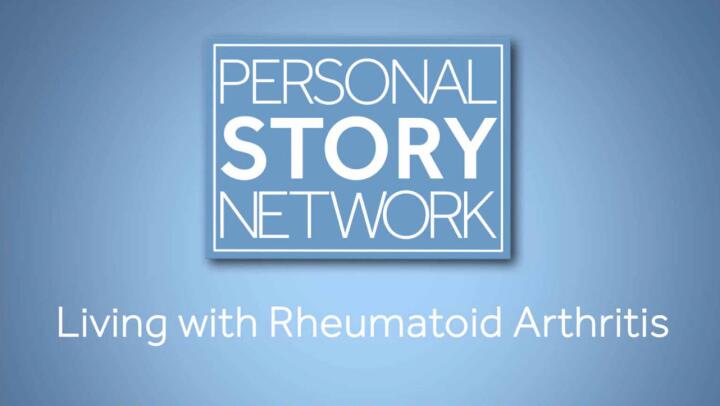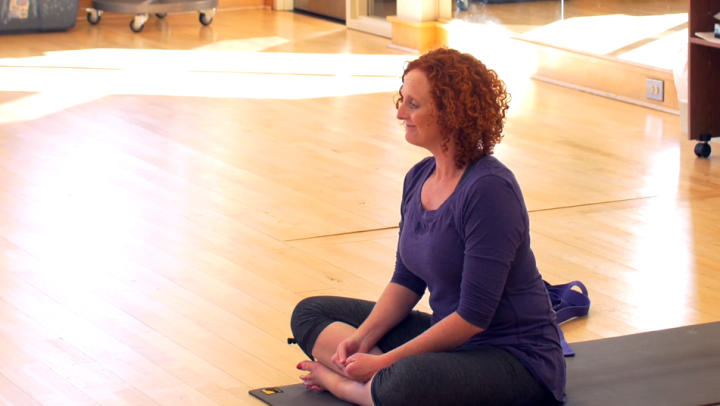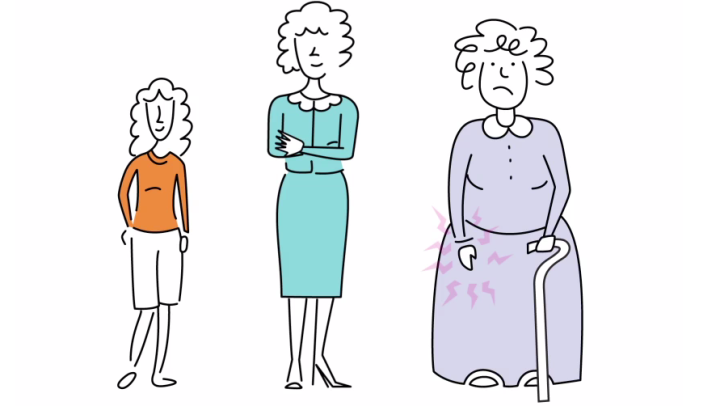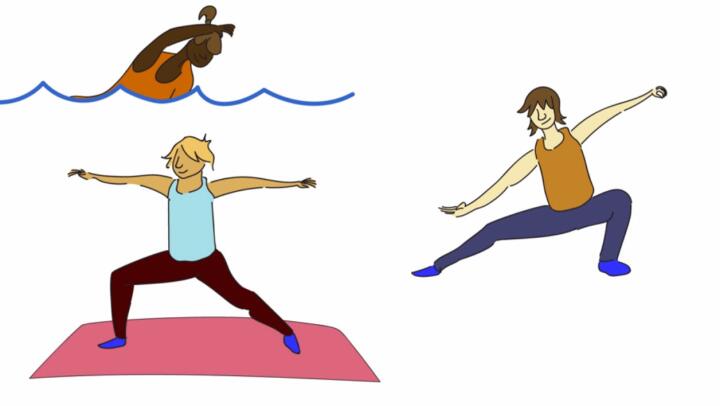How RA Affects Your Body

Medically Reviewed By William C. Lloyd III, MD, FACS
Written By Paige Greenfield Fowler on June 27, 2021
-
 RA's Impact Goes Beyond JointsYou already know that rheumatoid arthritis (RA) is a disease that affects your joints, causing pain, inflammation, and loss of function. Unfortunately, its impact doesn't always end there. Here's a look at how the condition can affect several different parts of your anatomy.
RA's Impact Goes Beyond JointsYou already know that rheumatoid arthritis (RA) is a disease that affects your joints, causing pain, inflammation, and loss of function. Unfortunately, its impact doesn't always end there. Here's a look at how the condition can affect several different parts of your anatomy. -
 Numbness and Tingling in Your HandsWith RA, you're likely to experience inflammation in the wrist and knuckles of the hand, which makes them appear red and feel hot. Since the disease acts on your body symmetrically, if you have symptoms in one hand, you probably have them in the other. You may also feel numbness or tingling, which is a sign of carpal tunnel syndrome. This is due to swollen tendons placing pressure on nearby nerves.
Numbness and Tingling in Your HandsWith RA, you're likely to experience inflammation in the wrist and knuckles of the hand, which makes them appear red and feel hot. Since the disease acts on your body symmetrically, if you have symptoms in one hand, you probably have them in the other. You may also feel numbness or tingling, which is a sign of carpal tunnel syndrome. This is due to swollen tendons placing pressure on nearby nerves. -
-
 Damaged Cartilage in Your KneesIf RA strikes your knees, it can cause inflammation and destroy the cartilage—the tissue that cushions the ends of the bones and keeps them from rubbing together. Some people with RA develop such extensive damage in the knee that they need knee replacement surgery to fix it and improve or preserve their mobility.
Damaged Cartilage in Your KneesIf RA strikes your knees, it can cause inflammation and destroy the cartilage—the tissue that cushions the ends of the bones and keeps them from rubbing together. Some people with RA develop such extensive damage in the knee that they need knee replacement surgery to fix it and improve or preserve their mobility. -
 Pain and Stiffness in Your NeckRA can also attack the joints between the vertebrae in your spine. It's most likely to strike the cervical spine—the vertebrae of the neck—and cause extreme pain and stiffness.
Pain and Stiffness in Your NeckRA can also attack the joints between the vertebrae in your spine. It's most likely to strike the cervical spine—the vertebrae of the neck—and cause extreme pain and stiffness. -
 Chest Pain and Irregular HeartbeatRA can cause the moist tissue surrounding the heart, known as the pericardium, to become inflamed. This condition is called pericarditis. You may experience a rapid heartbeat, trouble breathing, fever, or chest pain. Working with your doctor to find the best RA treatment for you can help treat pericarditis as well as the pain of RA.
Chest Pain and Irregular HeartbeatRA can cause the moist tissue surrounding the heart, known as the pericardium, to become inflamed. This condition is called pericarditis. You may experience a rapid heartbeat, trouble breathing, fever, or chest pain. Working with your doctor to find the best RA treatment for you can help treat pericarditis as well as the pain of RA. -
 Difficulty BreathingRA may assault the tissue surrounding your lungs, a condition called pleurisy. The pleura is a membrane that consists of two thin layers of tissue: One wraps around your lungs, and the other lines your chest cavity. There's a thin space between these layers that's filled with a small amount of fluid. The fluid helps the two layers slide smoothly past each other as you breathe. RA can cause these layers to become inflamed, which makes them rub together painfully.
Difficulty BreathingRA may assault the tissue surrounding your lungs, a condition called pleurisy. The pleura is a membrane that consists of two thin layers of tissue: One wraps around your lungs, and the other lines your chest cavity. There's a thin space between these layers that's filled with a small amount of fluid. The fluid helps the two layers slide smoothly past each other as you breathe. RA can cause these layers to become inflamed, which makes them rub together painfully. -
-
 Restricted Blood Flow and Inflamed Blood VesselsRA is an autoimmune disorder, which means your immune system fights your body's own tissues and cells. This can include your blood vessels, causing them to become inflamed, a condition called vasculitis. The inflammation may restrict or block blood flow, which can damage your organs. Your symptoms can vary widely depending on which organs are affected.
Restricted Blood Flow and Inflamed Blood VesselsRA is an autoimmune disorder, which means your immune system fights your body's own tissues and cells. This can include your blood vessels, causing them to become inflamed, a condition called vasculitis. The inflammation may restrict or block blood flow, which can damage your organs. Your symptoms can vary widely depending on which organs are affected. -
 Fatigue or Low EnergyRA may put you at risk for developing anemia, a decrease in the number of red blood cells in your body. One of the most common symptoms of anemia is fatigue or a lack of energy. You may also have cold hands and feet, dizziness, shortness of breath, or headaches. Be sure to tell your doctor if you notice any of these problems, because complications of anemia can, with time, lead to heart problems.
Fatigue or Low EnergyRA may put you at risk for developing anemia, a decrease in the number of red blood cells in your body. One of the most common symptoms of anemia is fatigue or a lack of energy. You may also have cold hands and feet, dizziness, shortness of breath, or headaches. Be sure to tell your doctor if you notice any of these problems, because complications of anemia can, with time, lead to heart problems.
How RA Affects Your Body


































